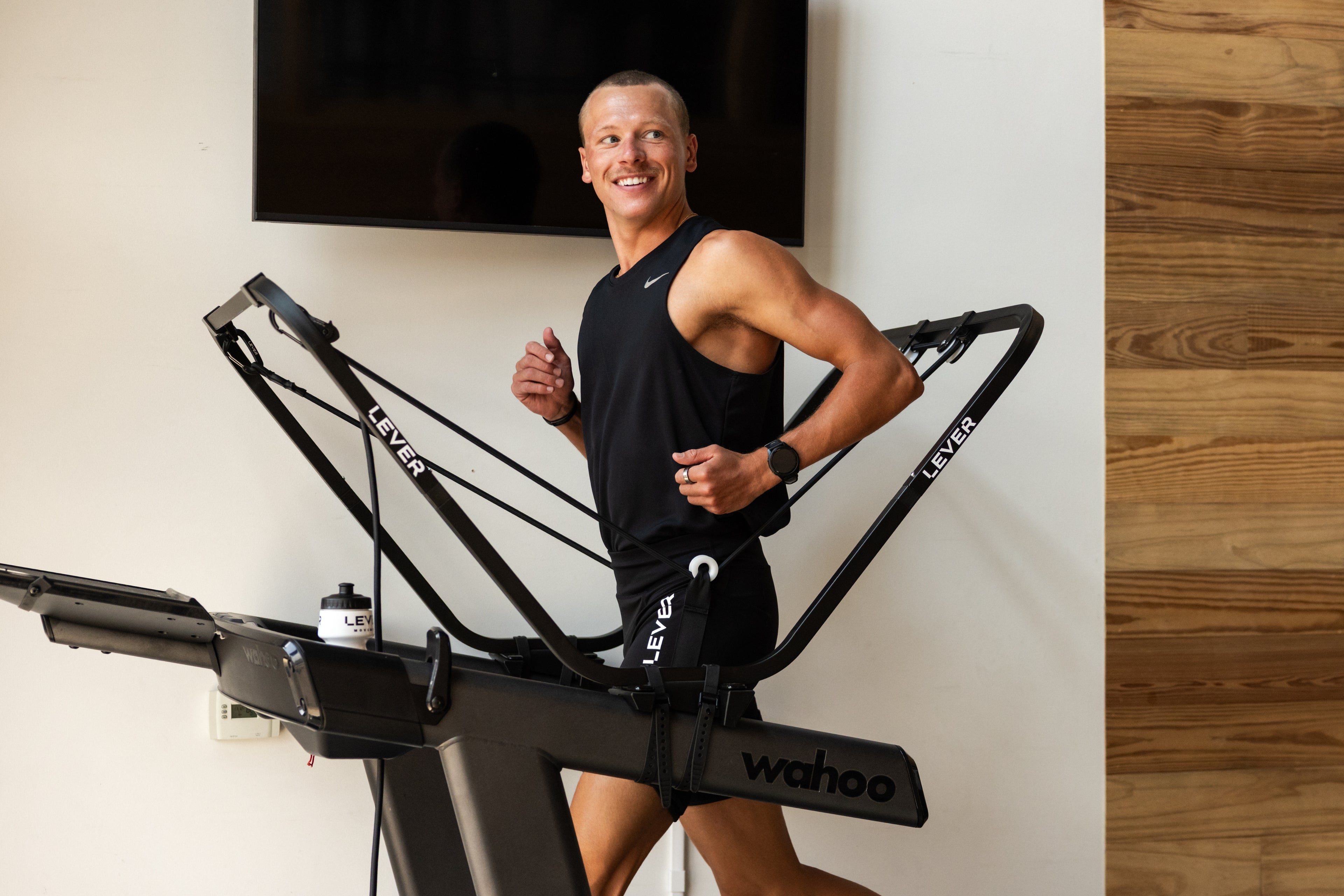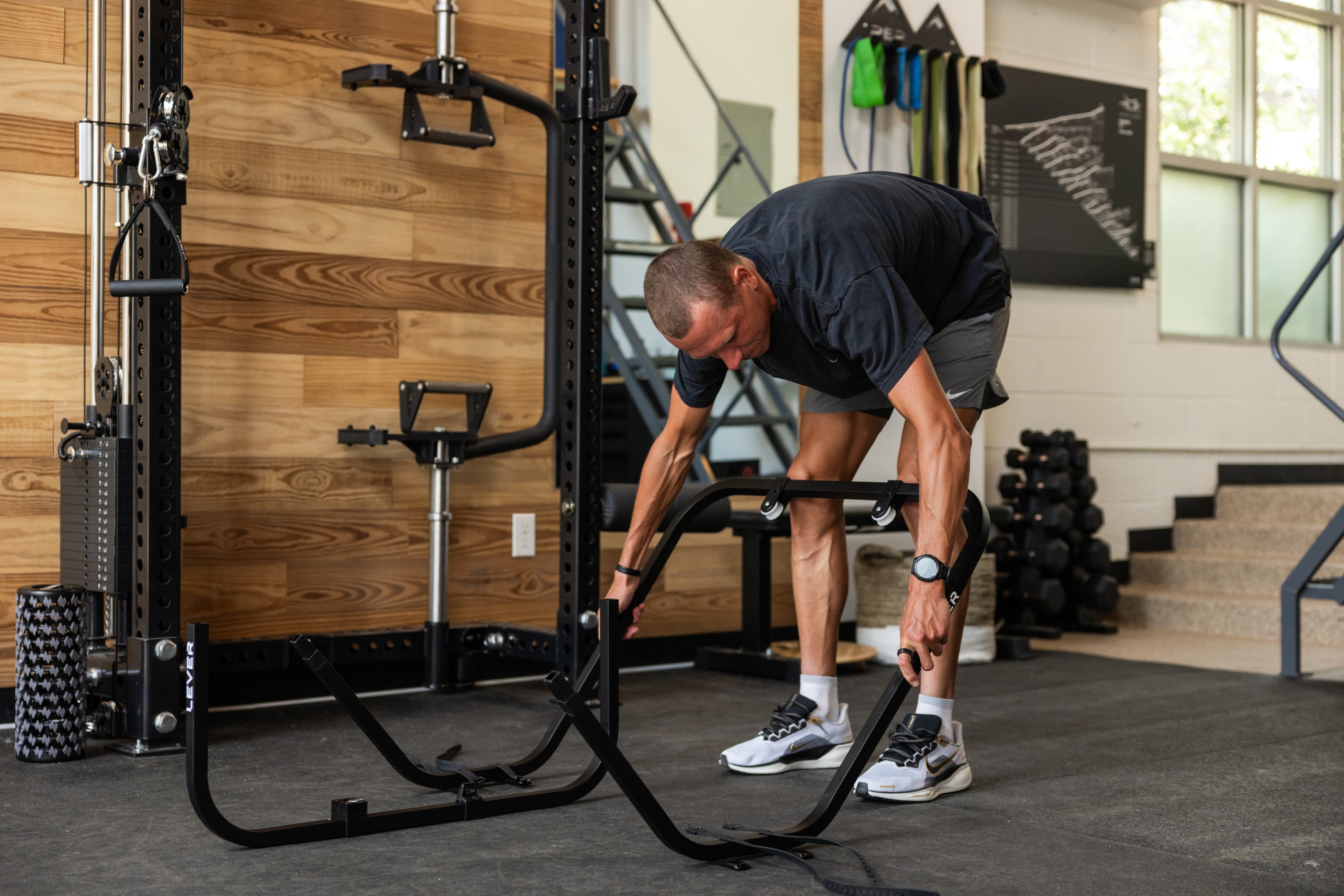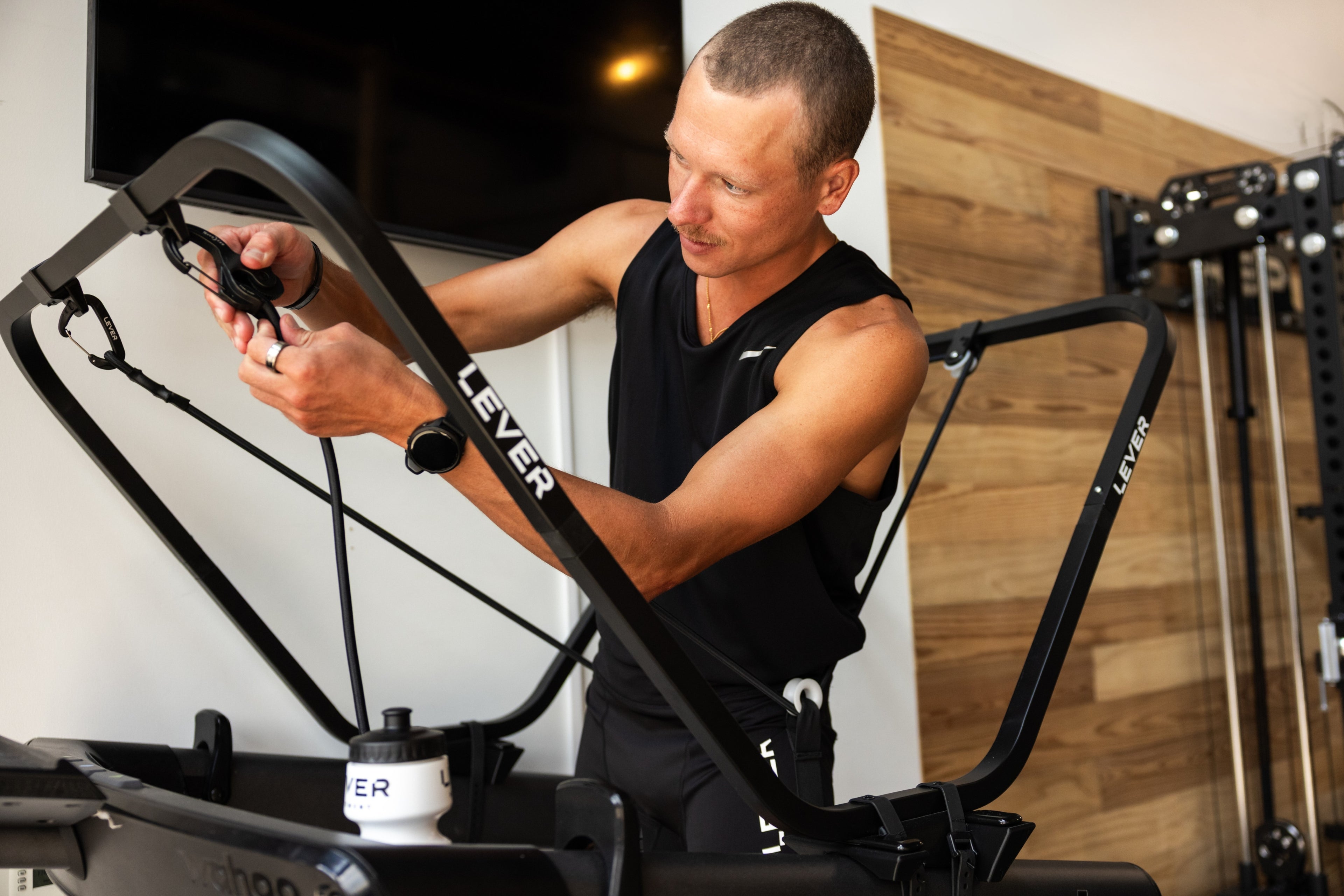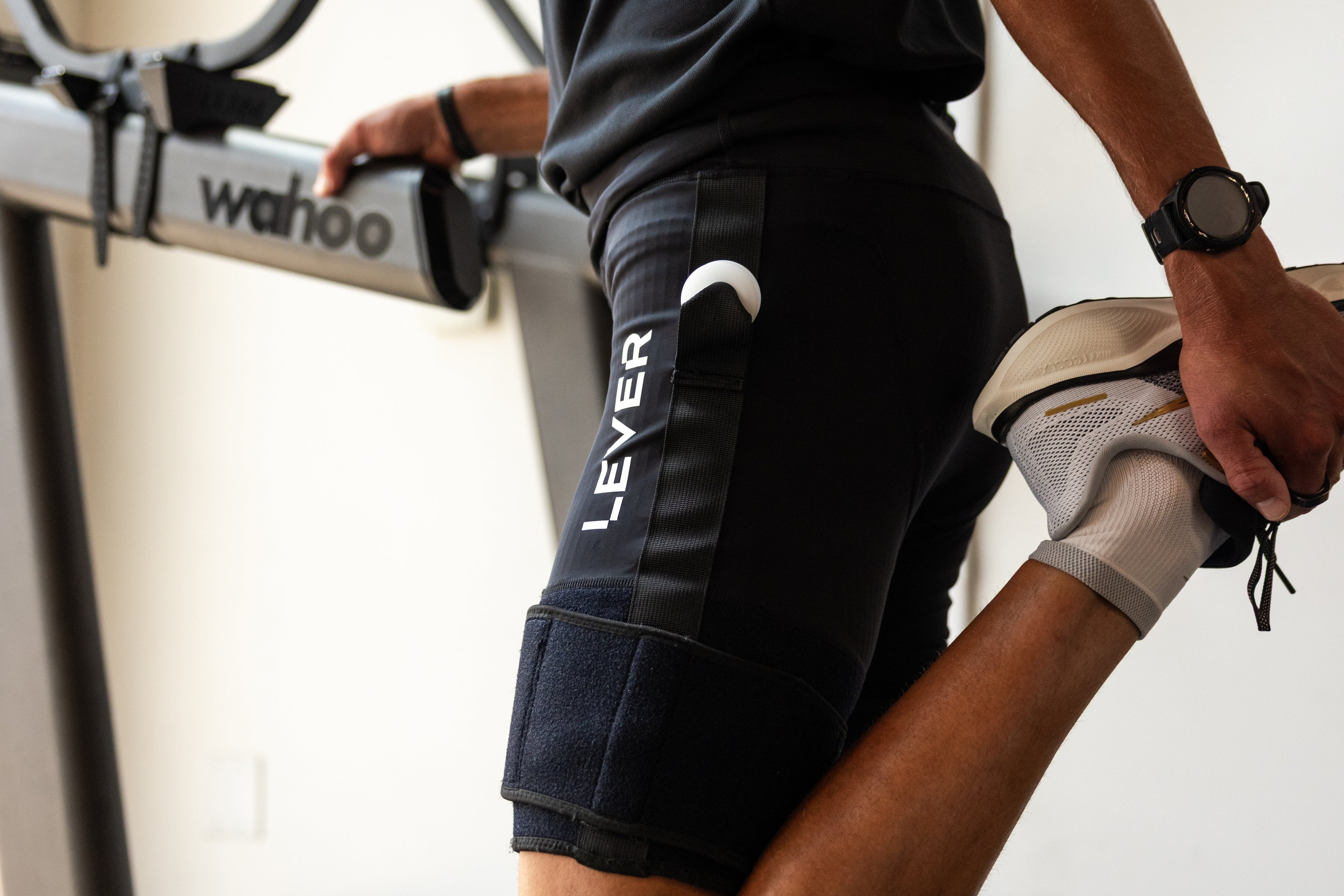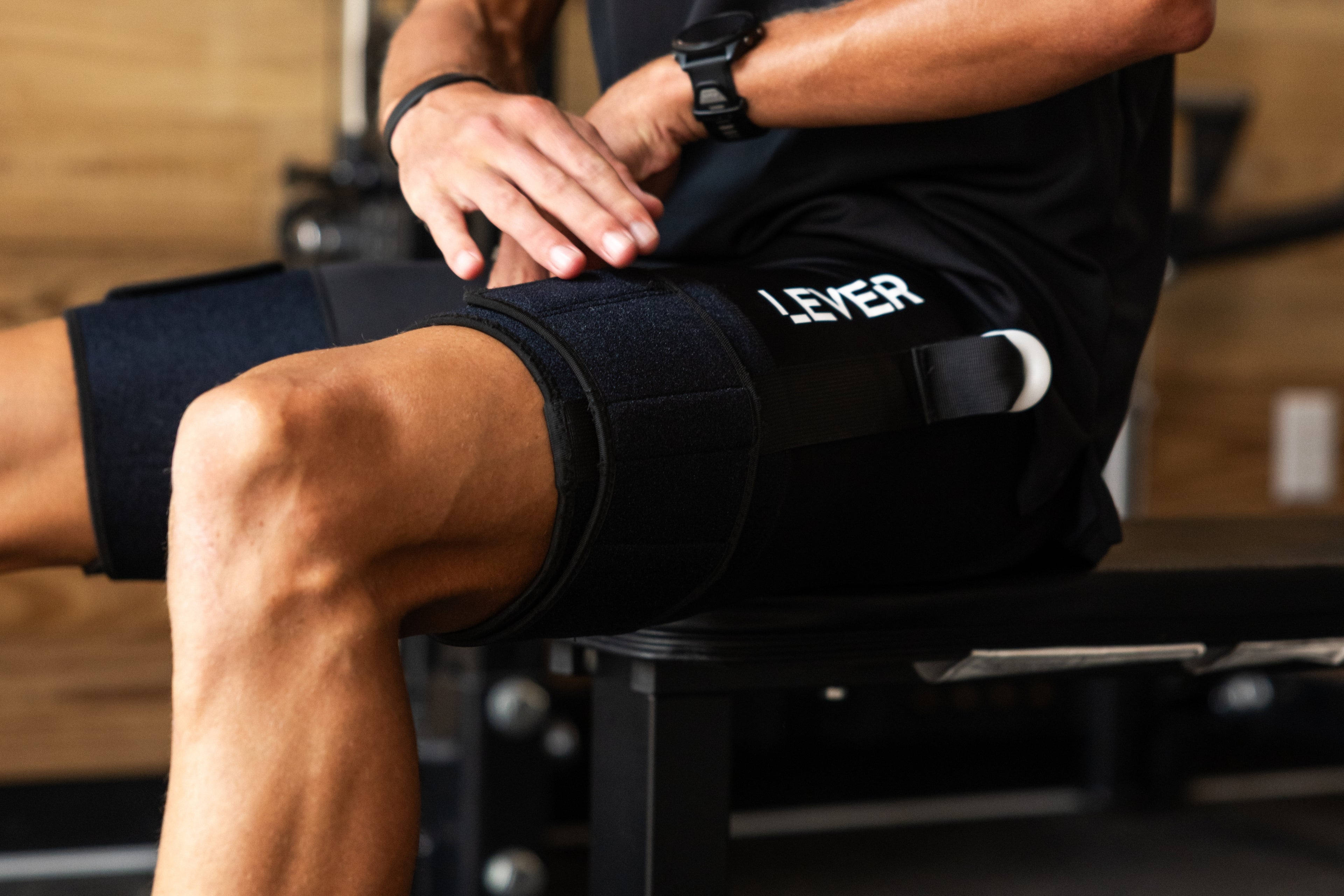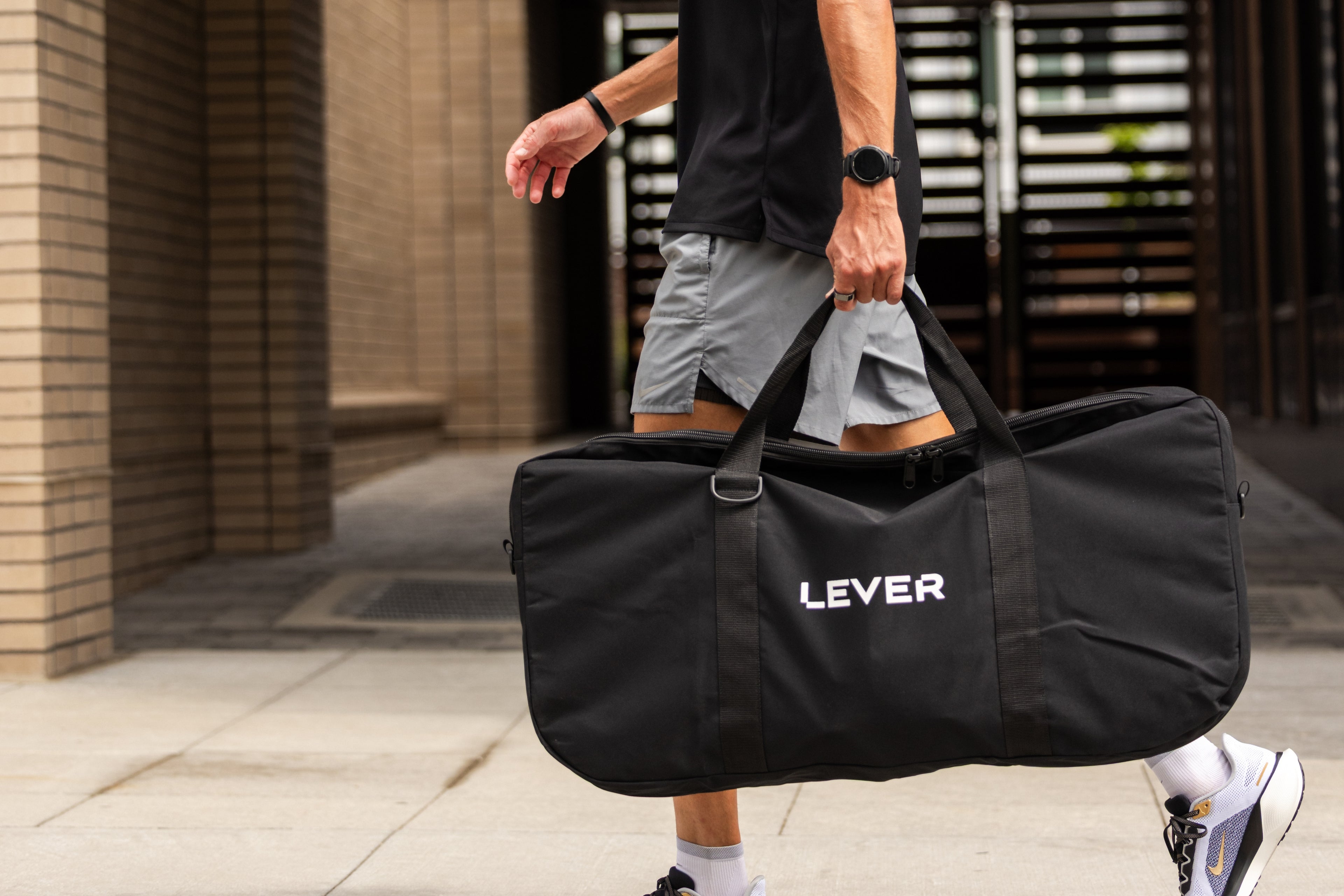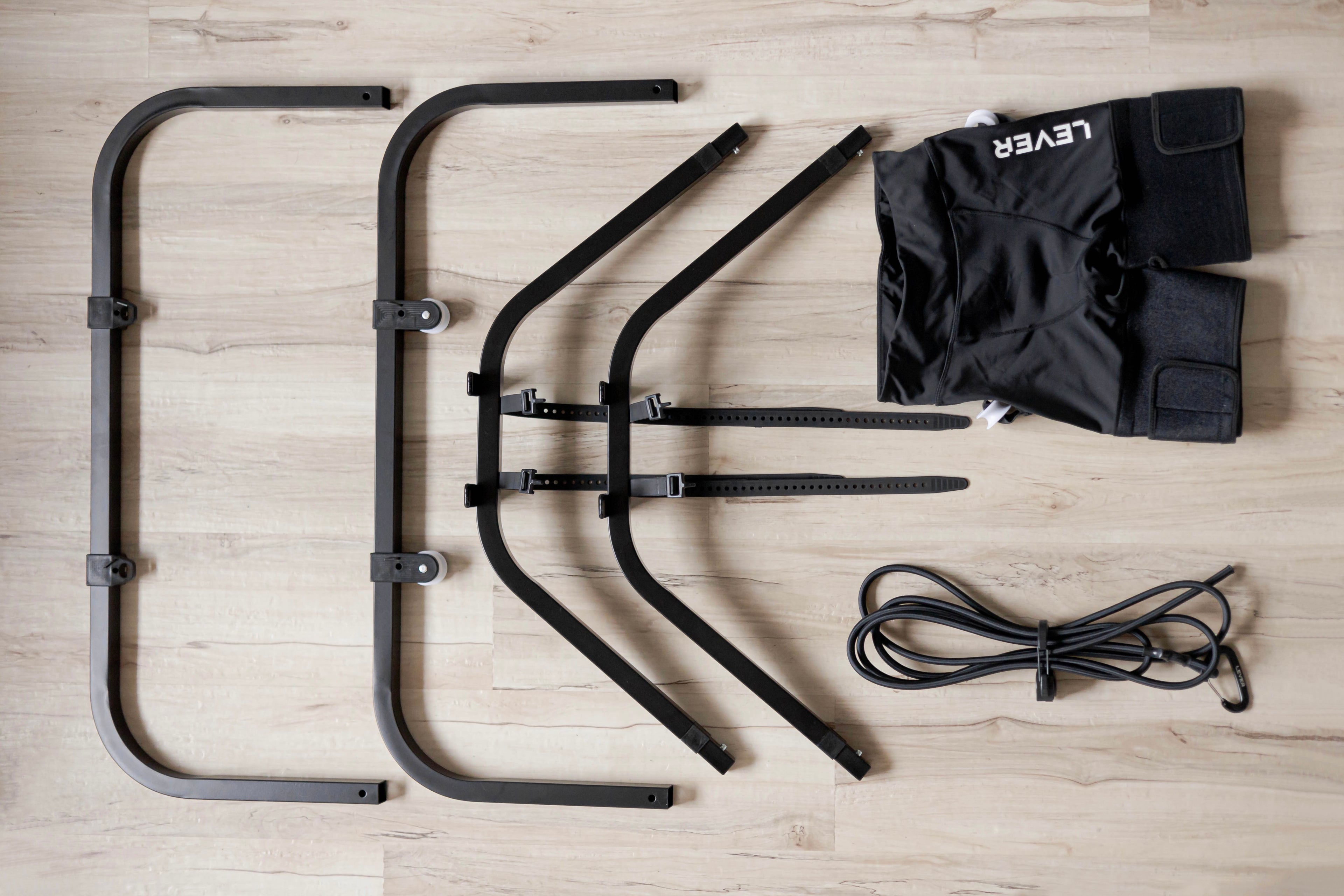The marathon run at the Kona Ironman World Championship is legendary for its difficulty, pushing athletes to their limits after hours of swimming and cycling in punishing conditions. For many triathletes, how they handle this final leg determines their success on race day. Here are five essential things you need to know about the Kona marathon and tips on how to run your best race.
1. The Heat is Unforgiving: Stay Cool and Hydrated
The Kona marathon starts in the afternoon, meaning you’re running in the hottest part of the day. Temperatures can soar to over 90°F, with humidity levels that make it feel even hotter. The sun reflects off the black lava fields, creating a literal heat furnace on the Queen K Highway. Dehydration and overheating are constant threats.
Tip: Hydration and cooling strategies are critical. Take advantage of every aid station—grab water, ice, and sponges to keep your core temperature down. Use ice at aid stations to cool your neck and wrists. Sip on fluids frequently and mix in electrolyte drinks to maintain your sodium balance. If possible, use cooling sleeves or a hat to minimize heat exposure. Remember, a steady approach to cooling and hydration can prevent a complete energy collapse later in the race.

2. Start Conservatively on Ali’i Drive
The marathon begins with an out-and-back section on Ali'i Drive, where the energy is high, and the crowds are packed with cheering spectators. This can make it tempting to start fast, but it’s essential to manage your energy at the beginning of the race.
Tip: Keep your pace controlled and steady. The first few miles are the easiest part of the course, but it’s important not to let the excitement and the downhill stretches push you to go faster than planned. You’ll need that energy when you hit the more challenging sections of the course later. Treat the first 10K as a warm-up for the tough miles ahead, and save your strength for when you need it most.
3. Prepare for the Mental and Physical Challenge of the Queen K Highway
After leaving the crowds behind on Ali'i Drive, the course shifts to the Queen K Highway, where it’s much quieter, and the rolling hills begin. The relentless sun, isolation, and rolling terrain make this part of the course extremely challenging.
Tip: Mentally break the Queen K Highway into smaller segments, using aid stations or landmarks as checkpoints. Focus on maintaining a steady effort, and don't be discouraged by slower paces in the heat. Stay disciplined with your nutrition and hydration, and keep a positive mindset. Many athletes hit a mental wall here, so use mantras or visualization techniques to keep your mind sharp and engaged.
4. The Energy Lab: Focus on Survival and Efficiency
The infamous Energy Lab section, between miles 16 and 20, is one of the most challenging parts of the marathon. The terrain is flat, but it’s isolated and unbearably hot. This section often makes or breaks an athlete’s race.
Tip: When you reach the Energy Lab, shift your focus to survival and efficiency. Shorten your stride, maintain good form, and keep your cadence high to minimize energy loss. Stay cool with any ice or water you can get your hands on, and don’t hesitate to walk aid stations if you need to. The Energy Lab isn’t a place to push the pace—it’s about making it through with enough energy to finish strong once you’re back on the Queen K Highway.

5. Finish Strong on the Final Miles to Ali’i Drive
The final stretch of the race takes you back onto the Queen K Highway, where your legs will likely feel heavy and your energy reserves depleted. But once you make the final turn back toward town, the crowds will give you a surge of energy for the finish.
Tip: Save some gas for these last few miles. The crowd support and the knowledge that you’re approaching the finish line will give you a mental boost, but having a little physical energy left can make a huge difference in your ability to pick up the pace and finish strong. Focus on short, quick steps and staying relaxed. When you hit Ali’i Drive, soak in the moment—you’ve done it. Push through the finish and enjoy your well-deserved moment of triumph.
Final Thoughts
Running the marathon at Kona is as much about mental endurance as it is about physical preparation. The heat, hills, and isolation can test even the toughest athletes, but with a smart pacing strategy, disciplined hydration, and cooling tactics, you can set yourself up for success. Respect the course, stay patient, and push through the tough moments. The marathon at Kona is the culmination of months or years of hard work—run it smart, and you’ll have the race of a lifetime.











